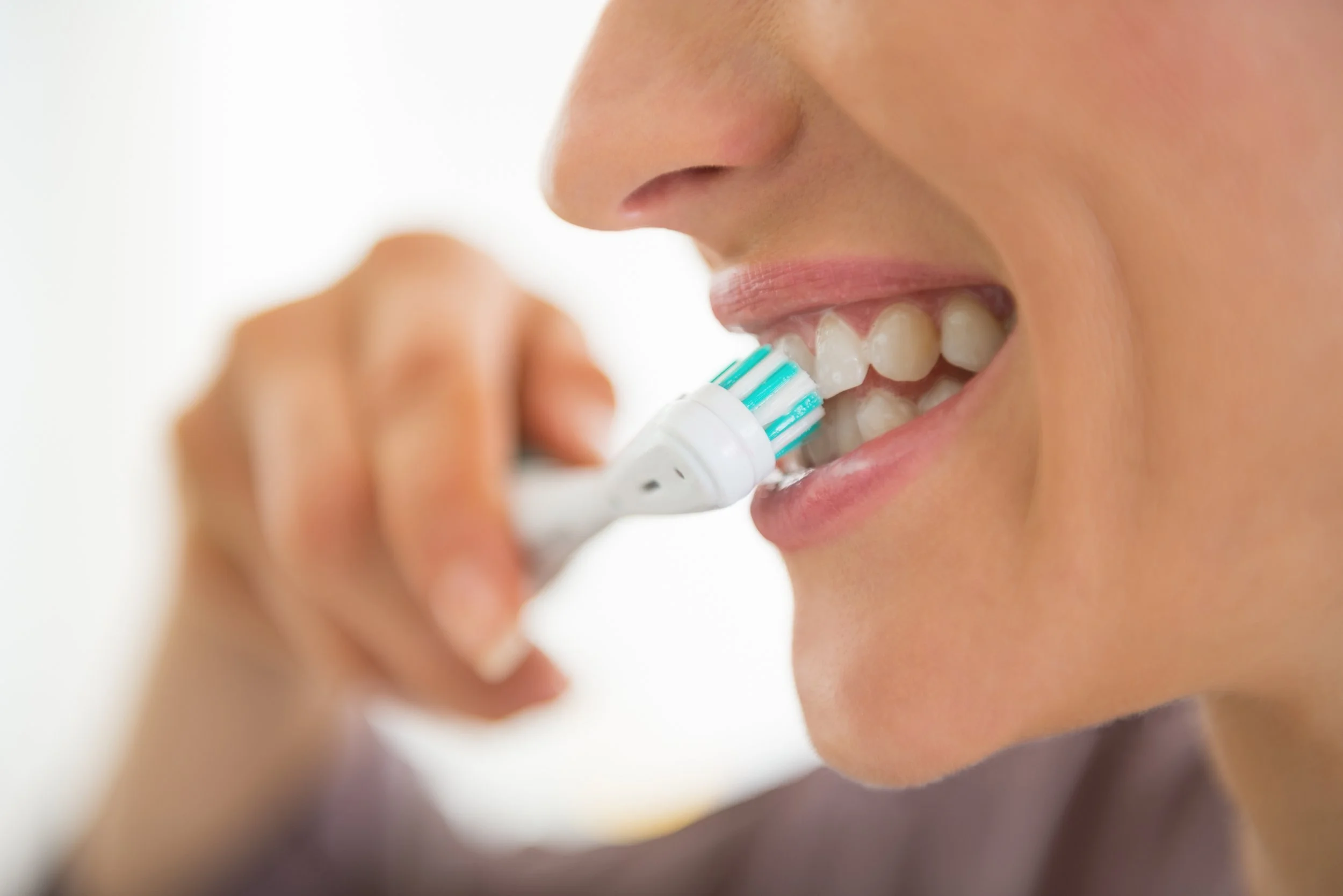Kids reach many milestones as they grow, including frequent visits from the tooth fairy. A series of developmental steps cause baby teeth to fall out and adult teeth to replace them. But sometimes adults lose permanent teeth from disease or trauma. Modern dentistry presents options for every unfortunate scenario, restoring full function and appearance. We enjoy techniques and materials today for tooth replacement not available in previous generations. Yet dental scientists continue their reach for new horizons and innovative possibilities.
Tufts School of Dental Medicine researchers are harvesting stem cells that grow new teeth and jaw bone. These “universal cells,” taken from inside healthy adult teeth, differentiate into tooth buds. But this intricate process of cellular differentiation only takes place under conditions that replicate an embryonic jaw. Growth hormones and nutrients must stimulate development at exactly the right times. As a result, new teeth won’t grow in a petri dish. They need a precise framework, one which the Tufts researchers continue to design.
Progress Continues
The Tuft’s team recently constructed a cellular matrix that allows successful implantation of a tooth bud into a pig’s jaw. Under their design, early adult-stage teeth develop within five months. But the transfer from pigs to humans requires significant advancements yet to come. Researchers project that humans won’t profit from these developments for another ten years. The exciting progress hints at options once believed to be impossible.
In the meantime, dental implants offer the closest alternative to growing new teeth. Titanium pieces placed into the jawbone mimic tooth roots that support life-like porcelain crowns. And research has brought major benefits to implant technology as well. Specialized coatings and modified designs help produce outstanding integration success, while 3D imaging technology allows precise planning of every case.
A Cavity Disappearing Act
Another intriguing frontier in dental research involves dental fillings that stimulate teeth to repair their own damage. Decayed parts of teeth usually are drilled out and restored with various materials. But researchers at Nottingham and Harvard University recently earned recognition from the Royal Society of Chemistry for their innovative approach.
These teams created a filling material that stimulates stem cells to grow dentin, the firm inner layer of every tooth. They’ve also demonstrated the ability to regenerate the internal nerve and blood vessel center of teeth, the pulp. This part of the tooth usually undergoes root canal treatment when it's infected. Widespread regenerative procedures are a few years off. But these materials could revolutionize the treatment of some common dental problems.
“We are excited about the promise of therapeutic biomaterials for bringing regenerative medicine to restorative dentistry.”
Stay Tuned!
Research keeps moving dentistry into fascinating new frontiers with solutions once considered impossible. Dental stem cells open doors to future procedures that will someday be commonplace. But you don’t have to wait for life-changing dentistry: Implants and biocompatible restorative materials now offer modern options for full function and beauty. The Aalam Samsavar, DDS team constantly monitors our profession for developments that enhance your experience. We look forward to discussing the fascinating world of biomedical research in dentistry with you at future visits!














